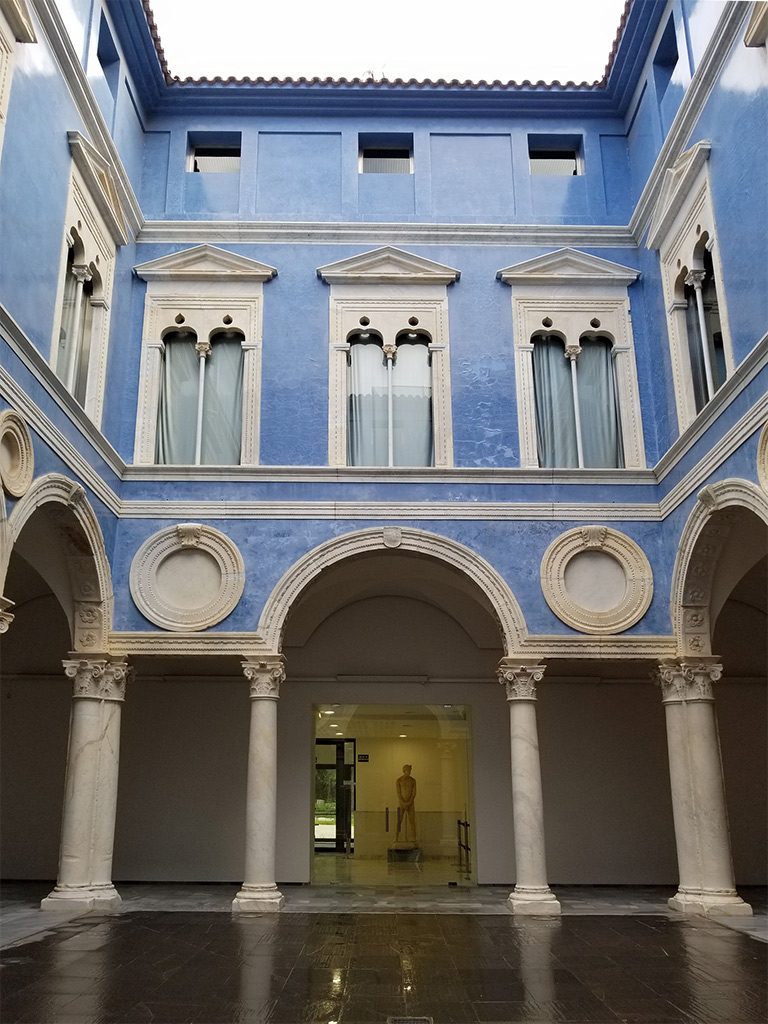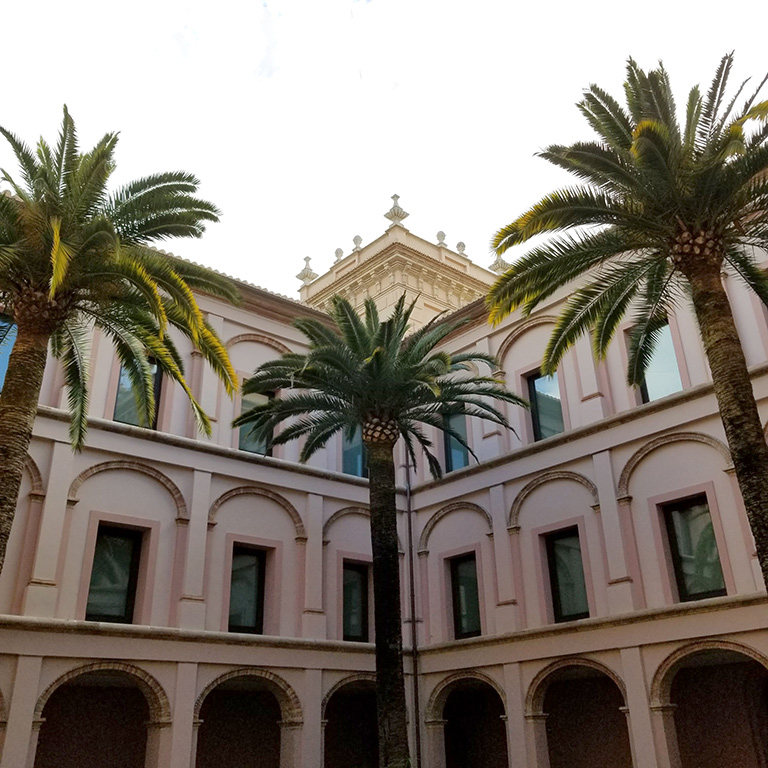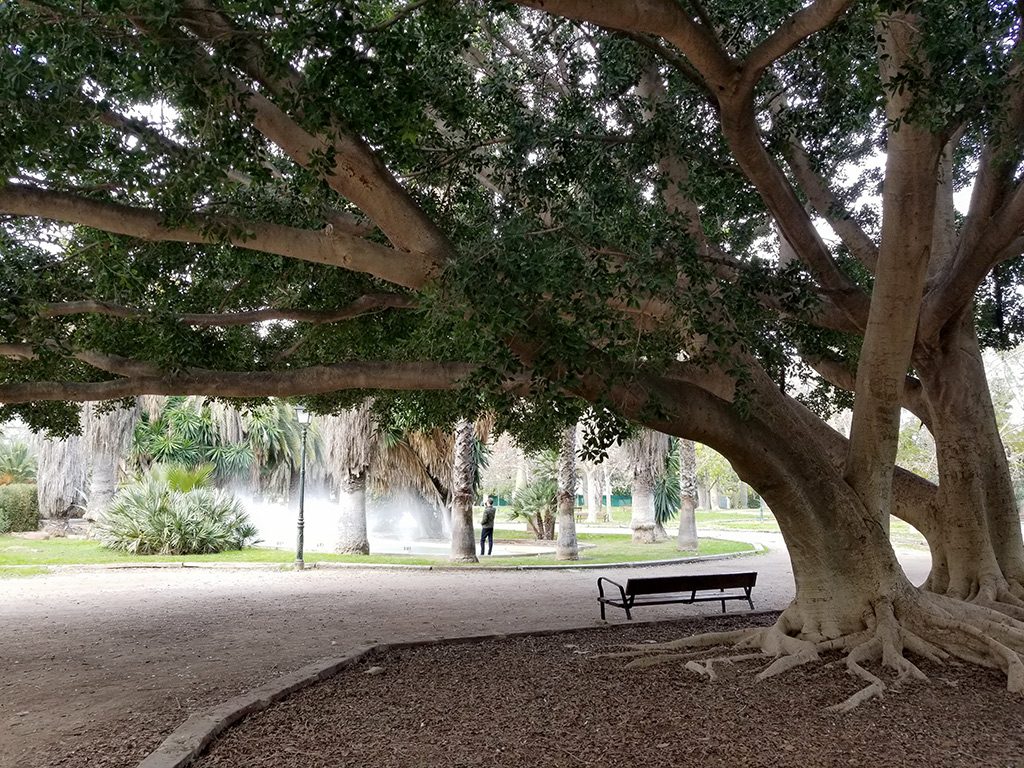
On our last Sunday in Valencia we took the subway to the neighbourhood of Benimaclet, then walked down through the Jardines del Real to the Museu de Belles Arts (Museum of Fine Arts).
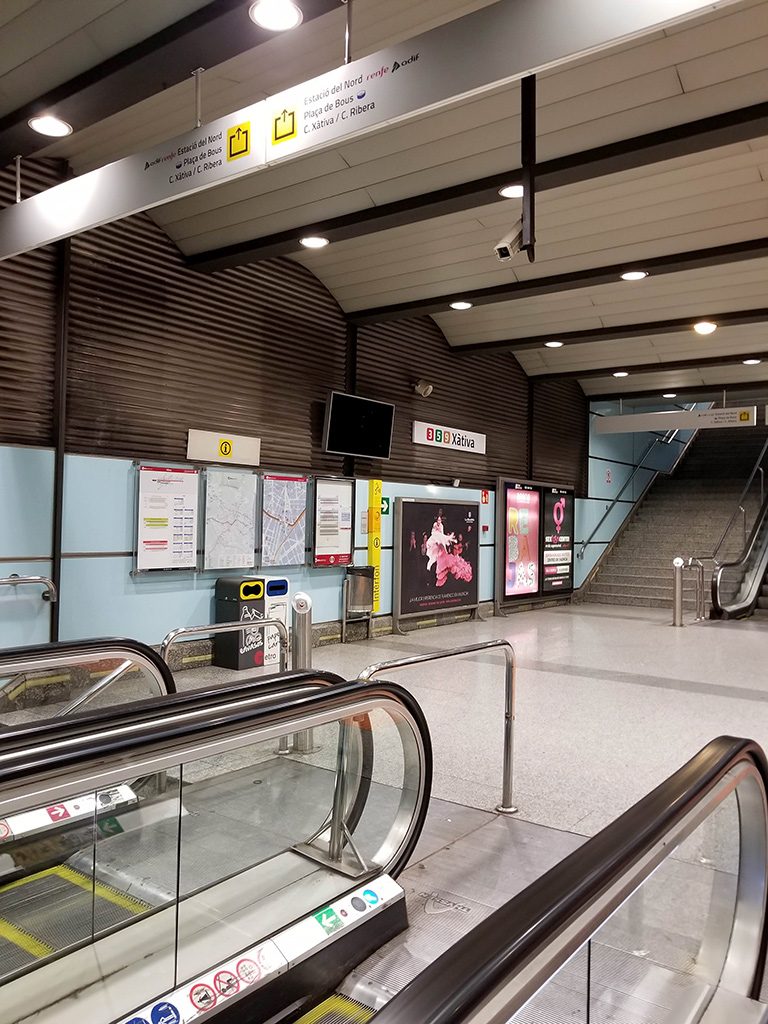
We took the metro for the first time in Valencia, and found it modern and efficient, though we were somewhat confused by the ticket machines despite the fact they were translated to English. We may or may not have dodged a fare by mistake.
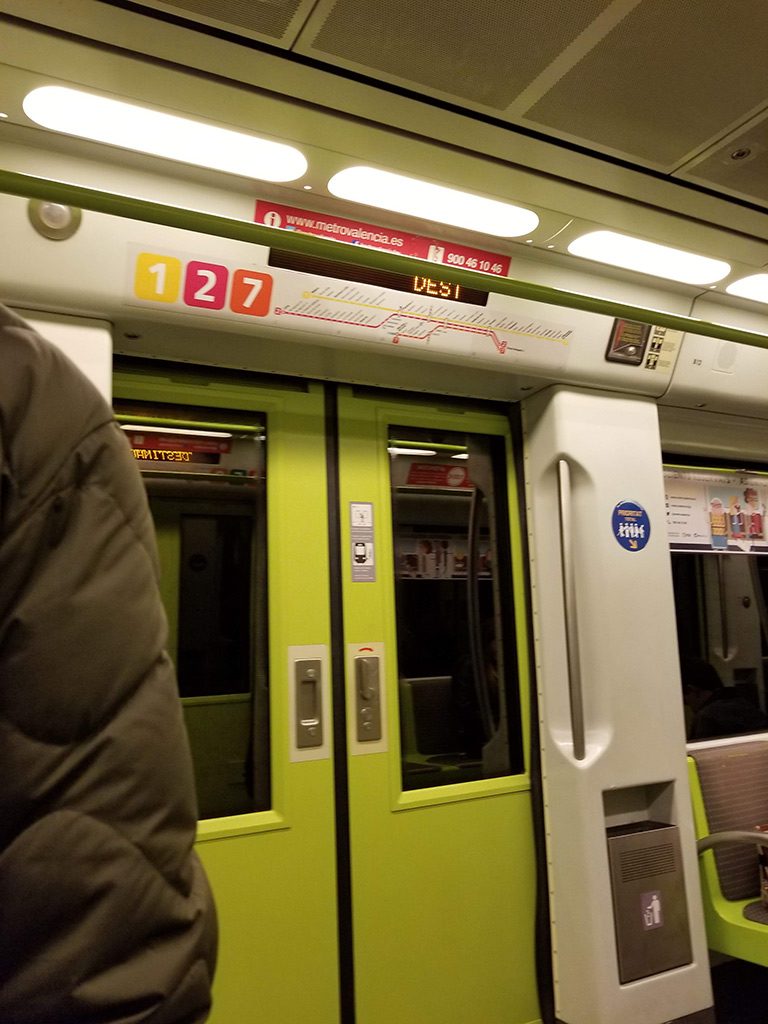
Josie noticed that there were trash bins inside the subway car. I don’t think I’ve ever seen that before in any of the many cities where I’ve taken subways. Valencia is overall a very clean and orderly city and I suspect people actually use them.
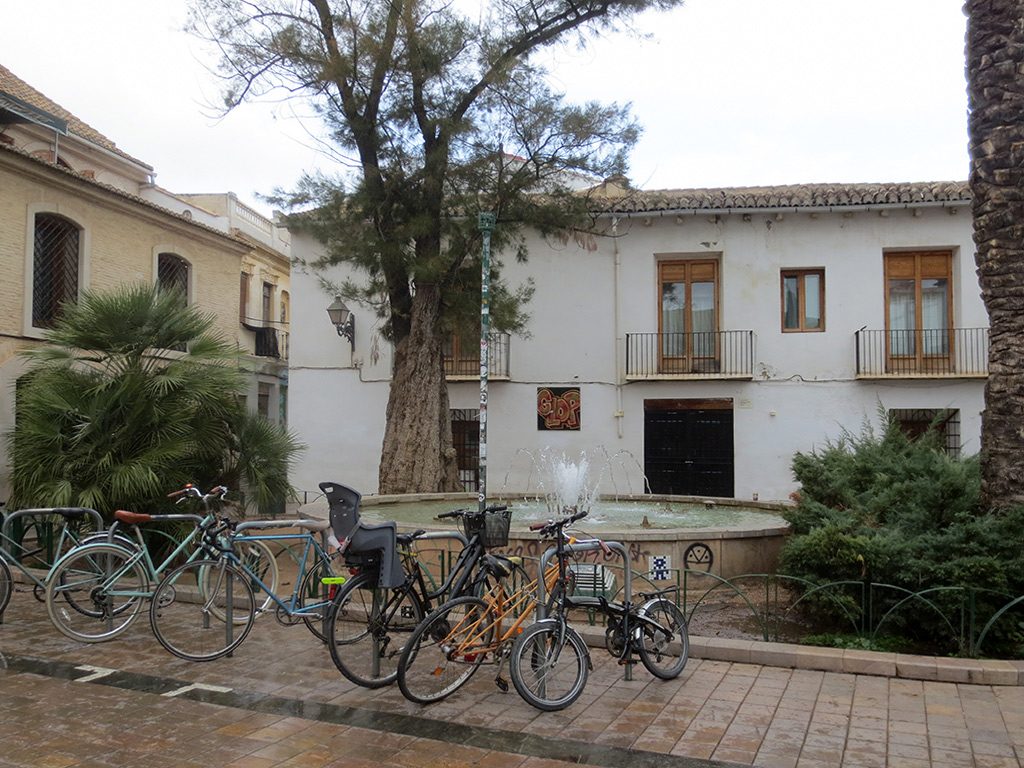
We surfaced in Benimaclet, a former village that has since been absorbed into the city boundaries. It was the only rainy day of our entire three weeks in Valencia. Combined with the fact that Binamaclet is known as a student area, this made for a very quiet walk on a Sunday morning. We wandered through the peaceful Plaça de Benimaclet and saw some excellent street art and an excellent dog.
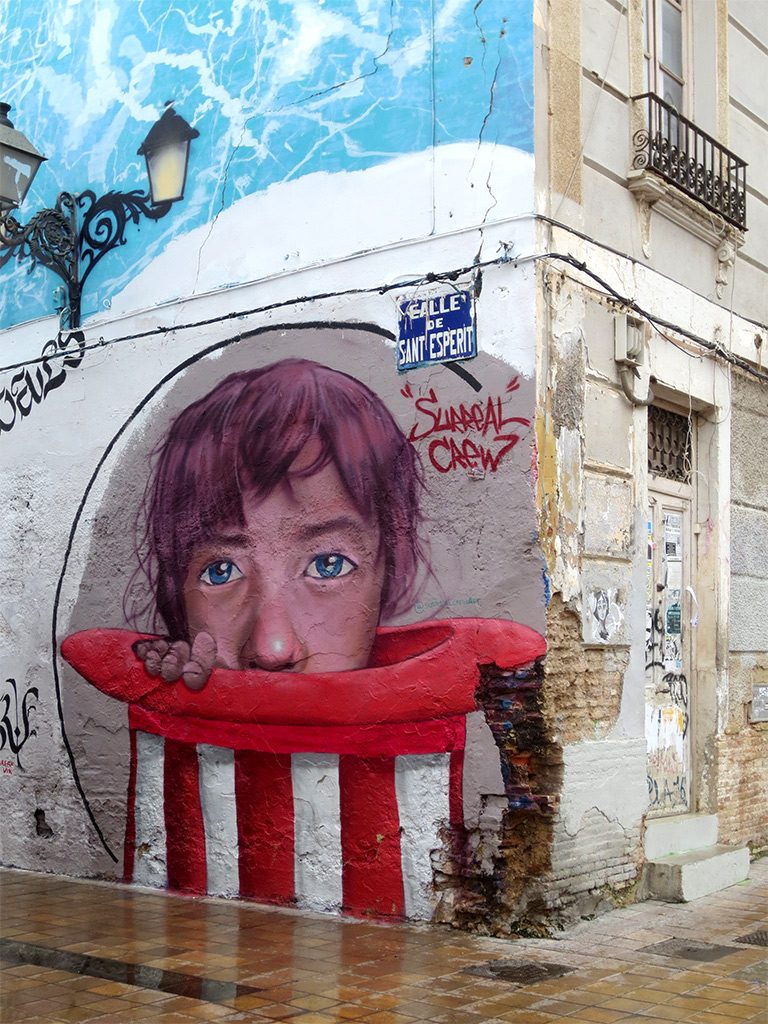
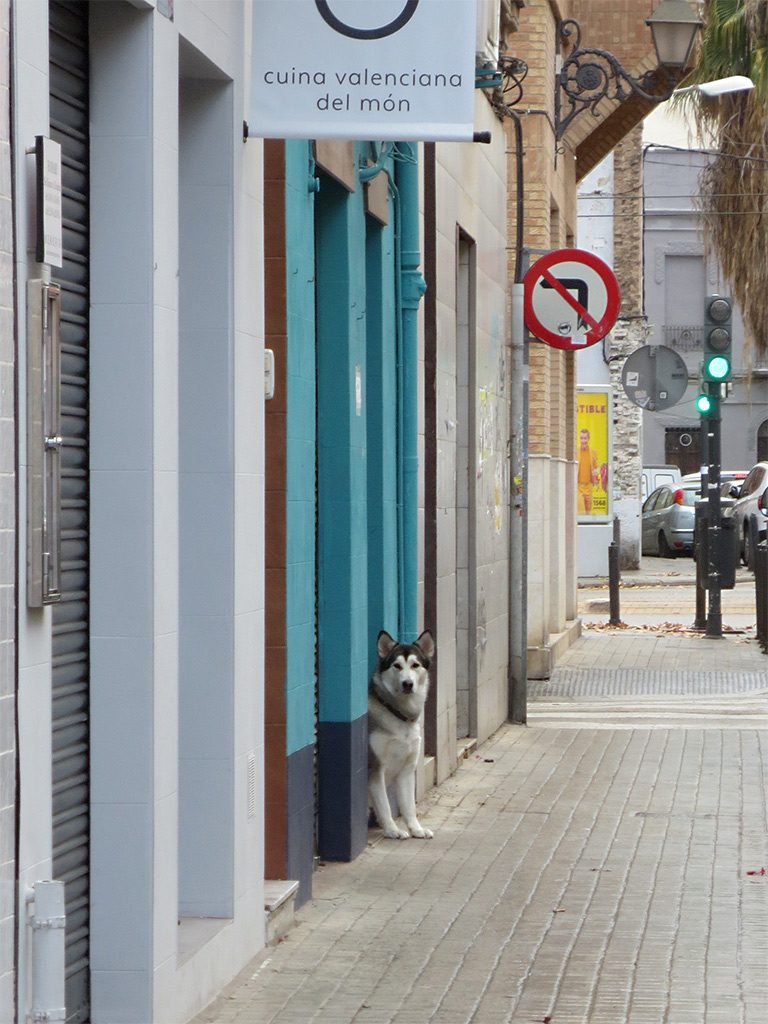
From there, we headed into the Jardines del Real, a large park that sits on the grounds of a former royal palace. Although we visited in the dead of winter the park was still relatively lush with lots of interesting plantings and fountains.
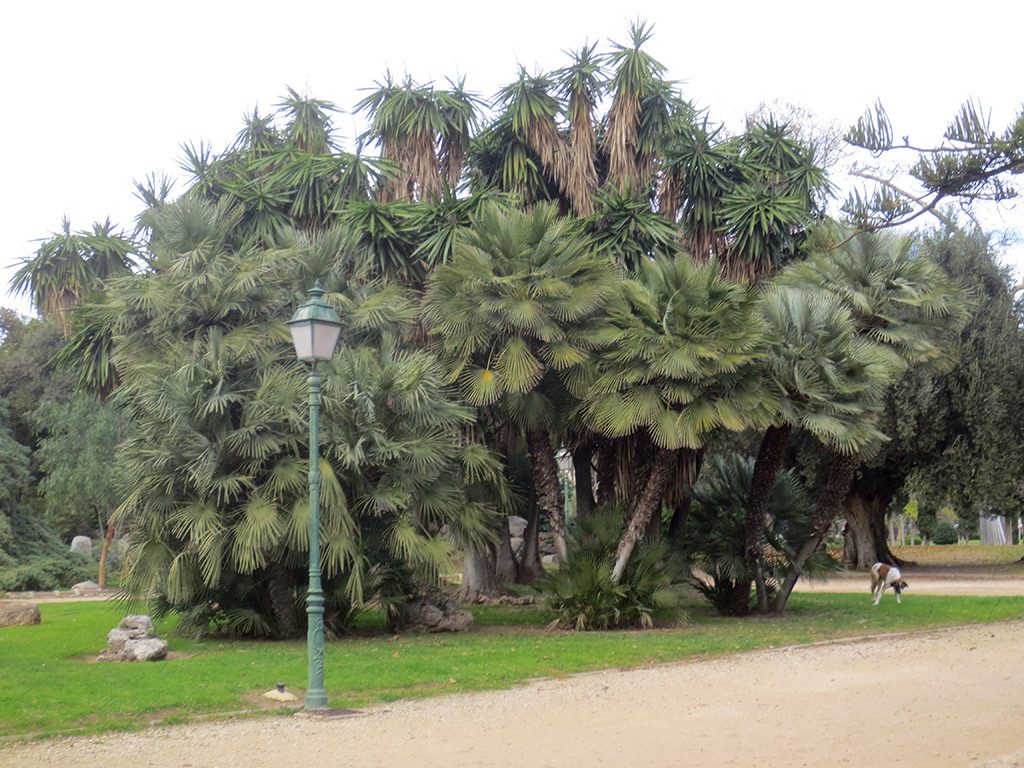
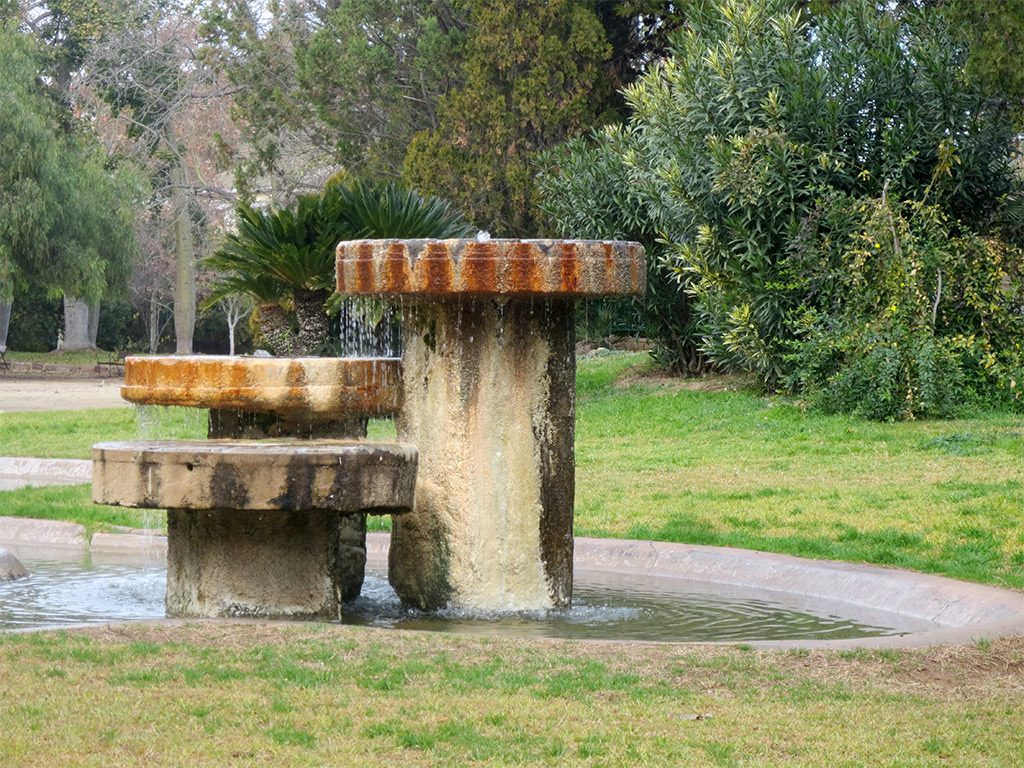
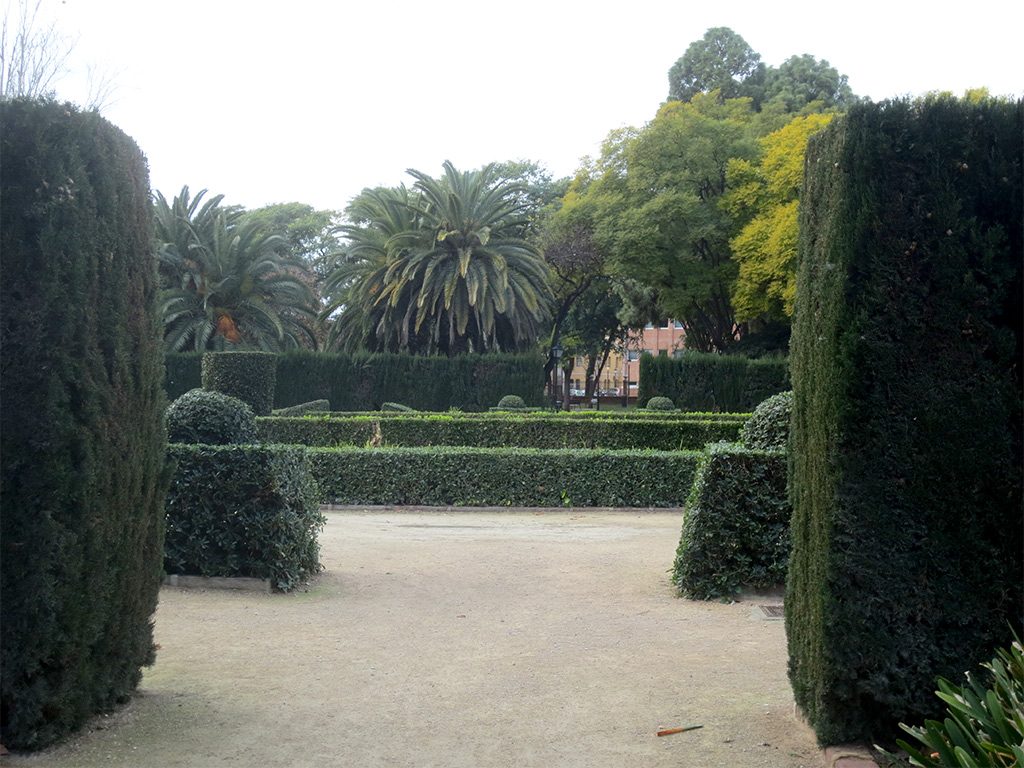
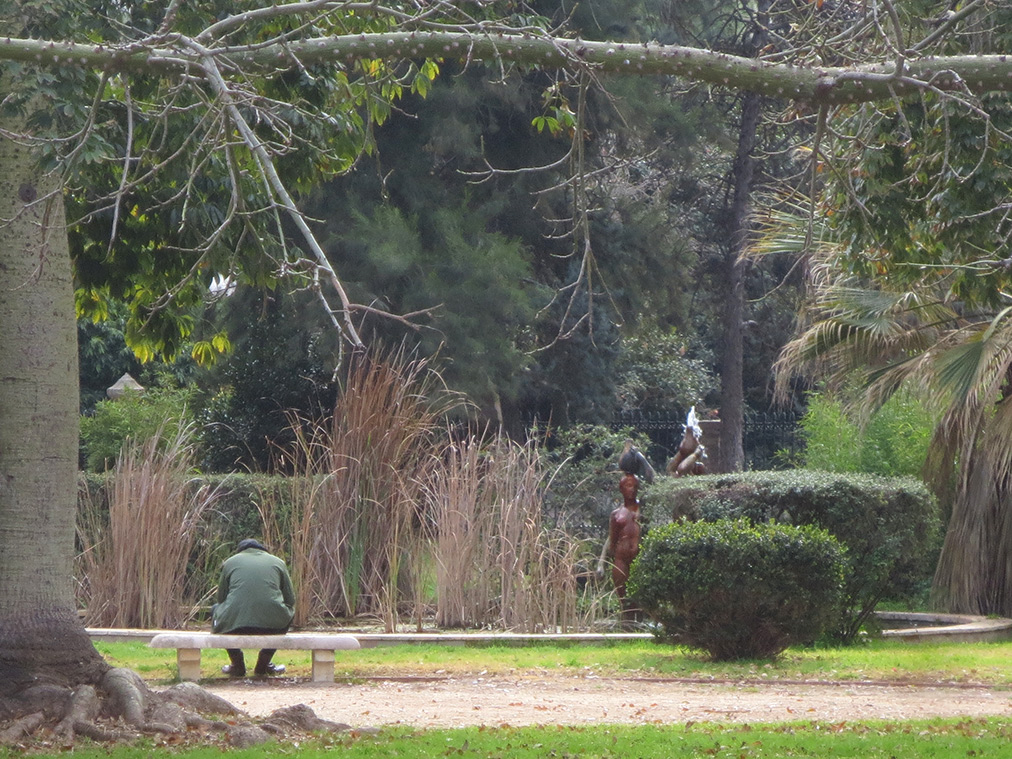
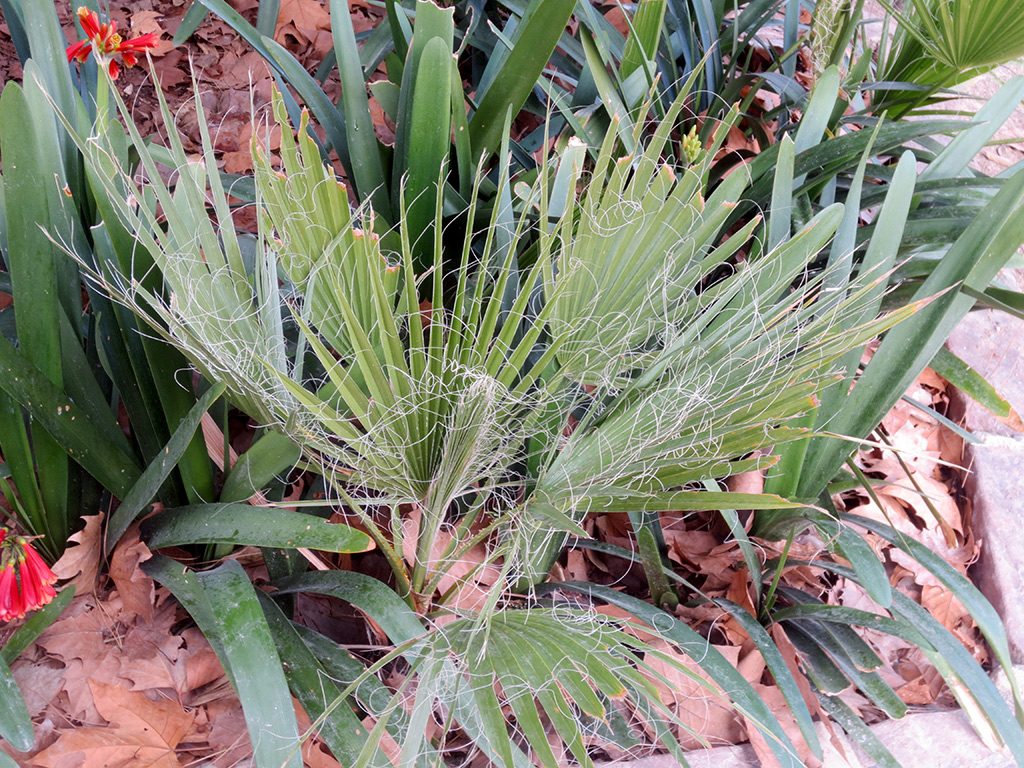
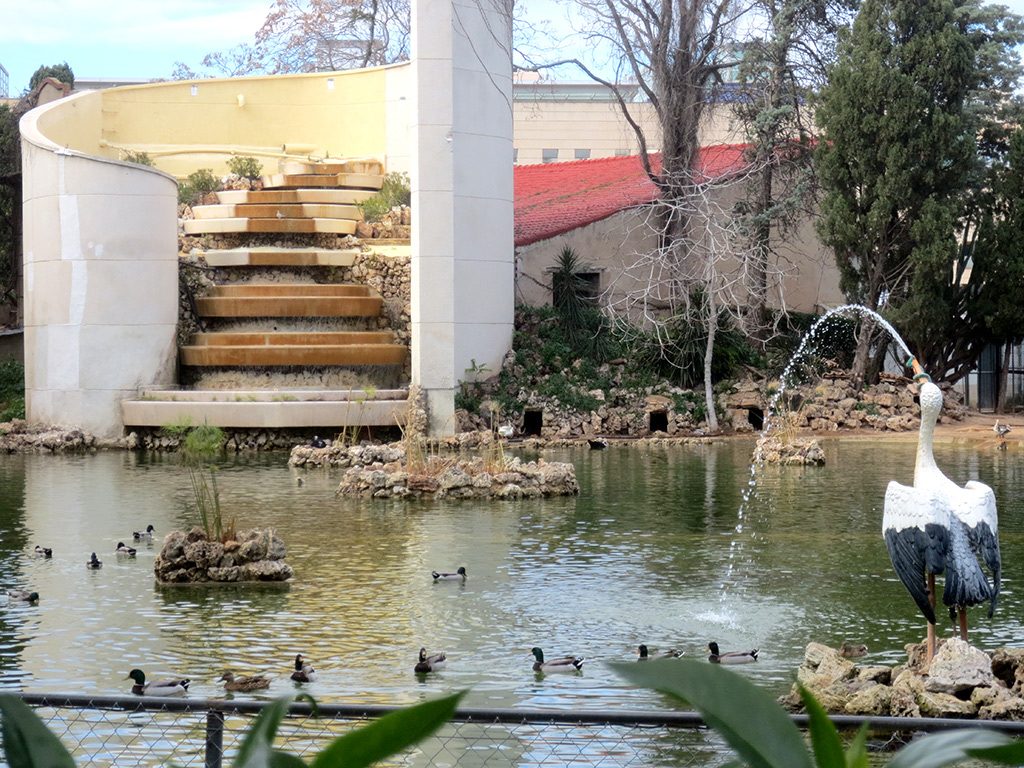
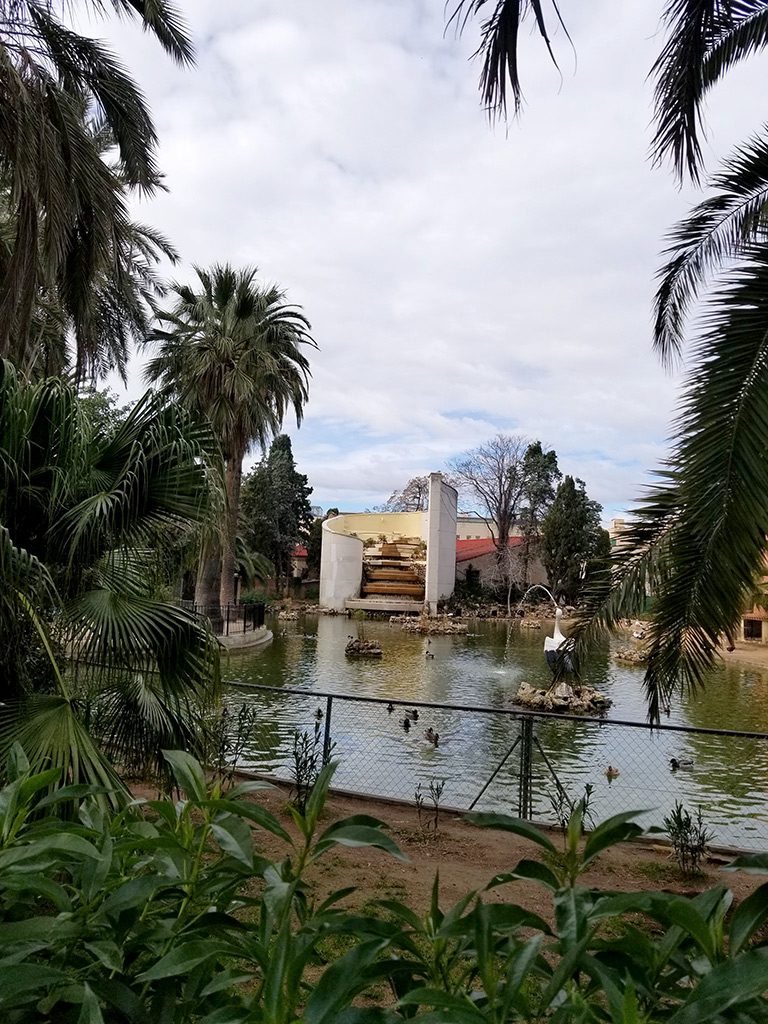
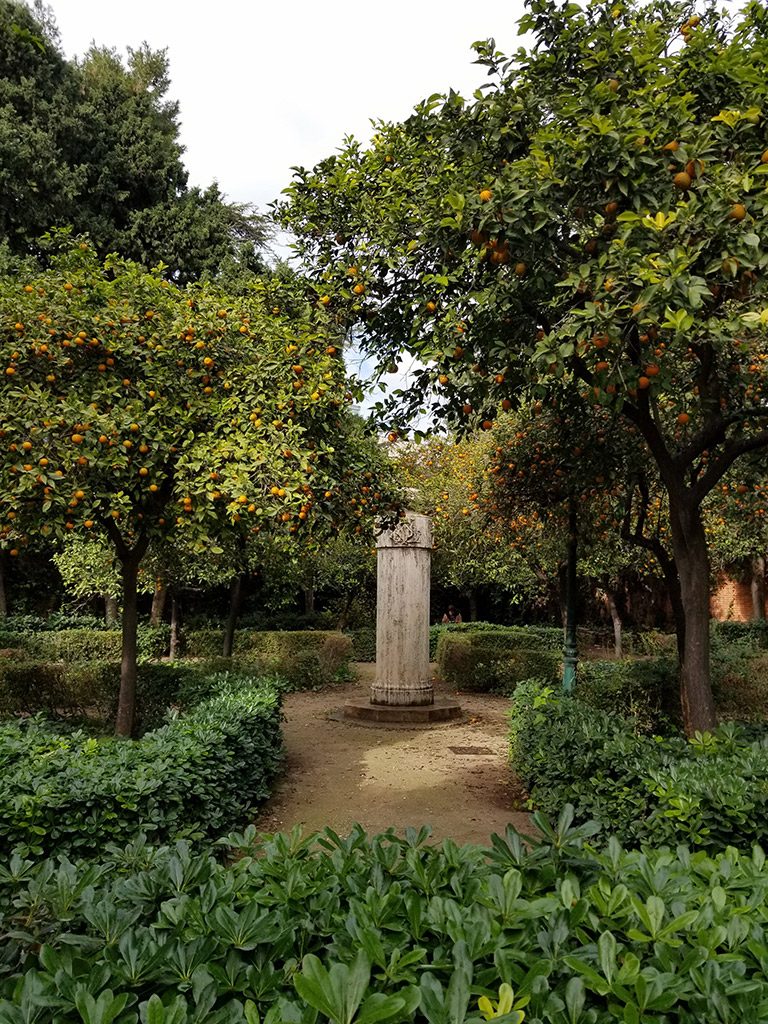
At the very south tip of the park we found an area where many feral cats were living. They were semi-friendly and curious but lurked just out of reach. Again, as with everywhere in Valencia, almost all of the cats were black.
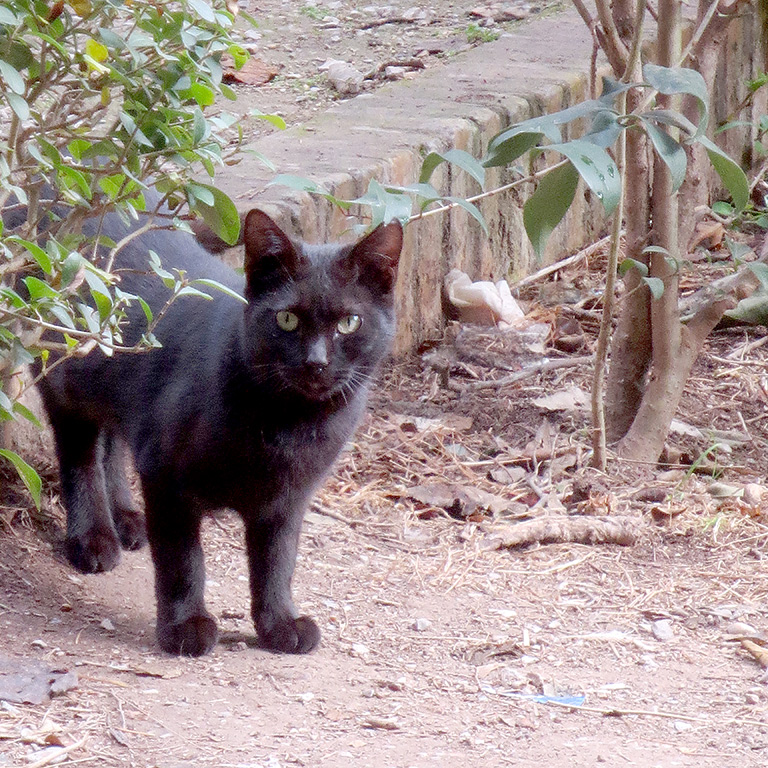
One exception was this grayish cat who squeezed through a square hole in a fence when I came too close.
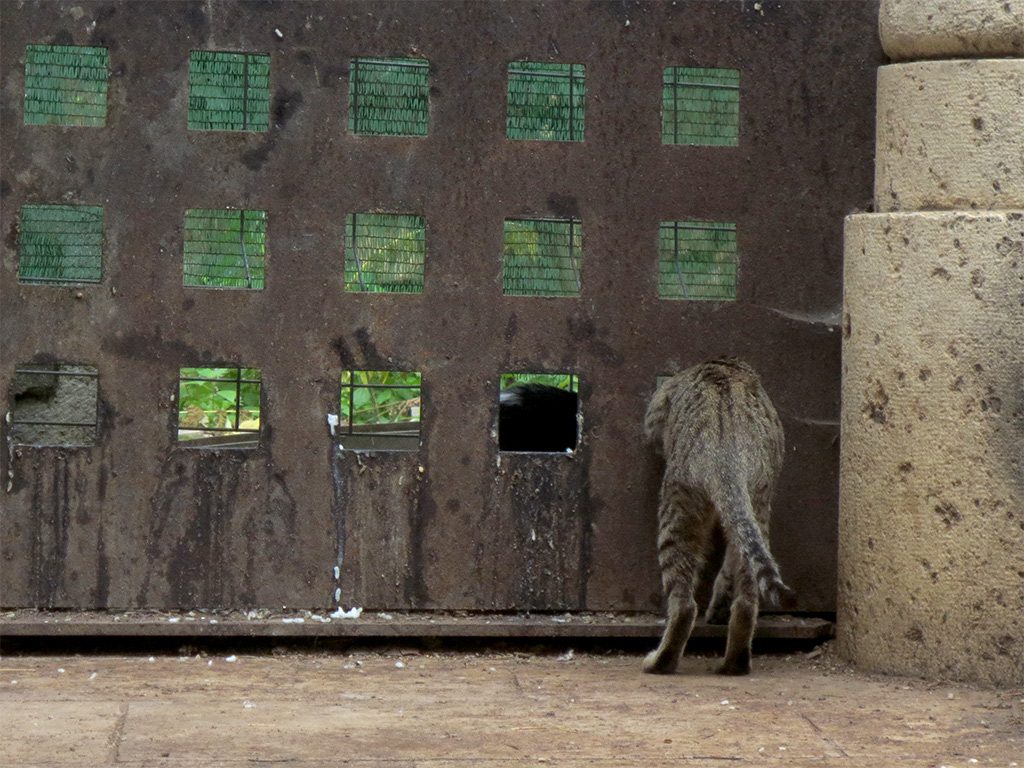
On the southwest corner of the Jardines we reached the Museu de Belles Arts. The art museum is housed in a former seminary built between 1683 and 1744. In 1943 it was converted for use as the art gallery, and was extensively refurbished again only a few years ago.
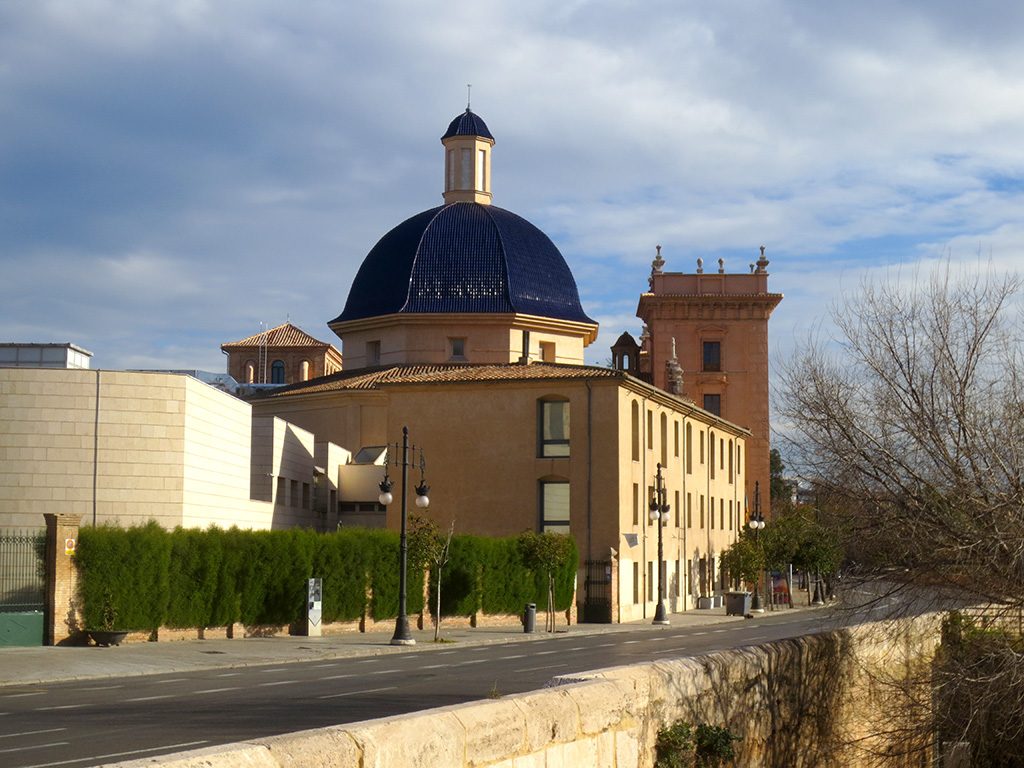
The museum is free to visit and contains artwork by Spanish and international artists. Unusually, it mixes contemporary and classical art together in the same galleries. The lobby has an incredible ceiling.
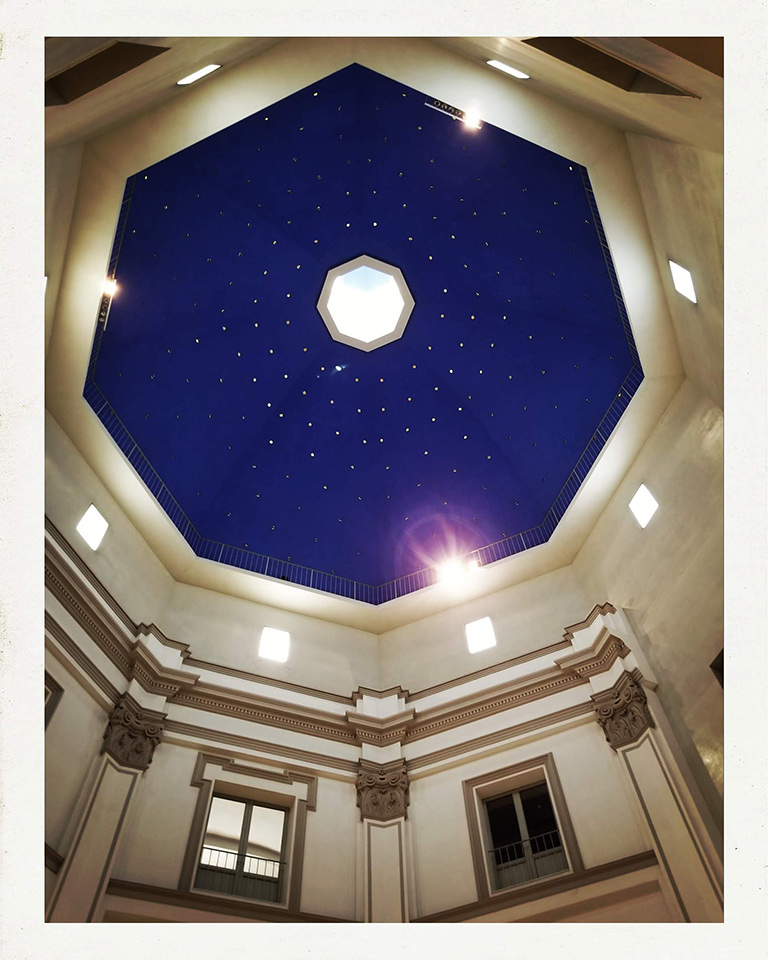
We wandered through most of the museum, taking in what interested us. As with almost all Spanish art, most of it was very religious in theme.
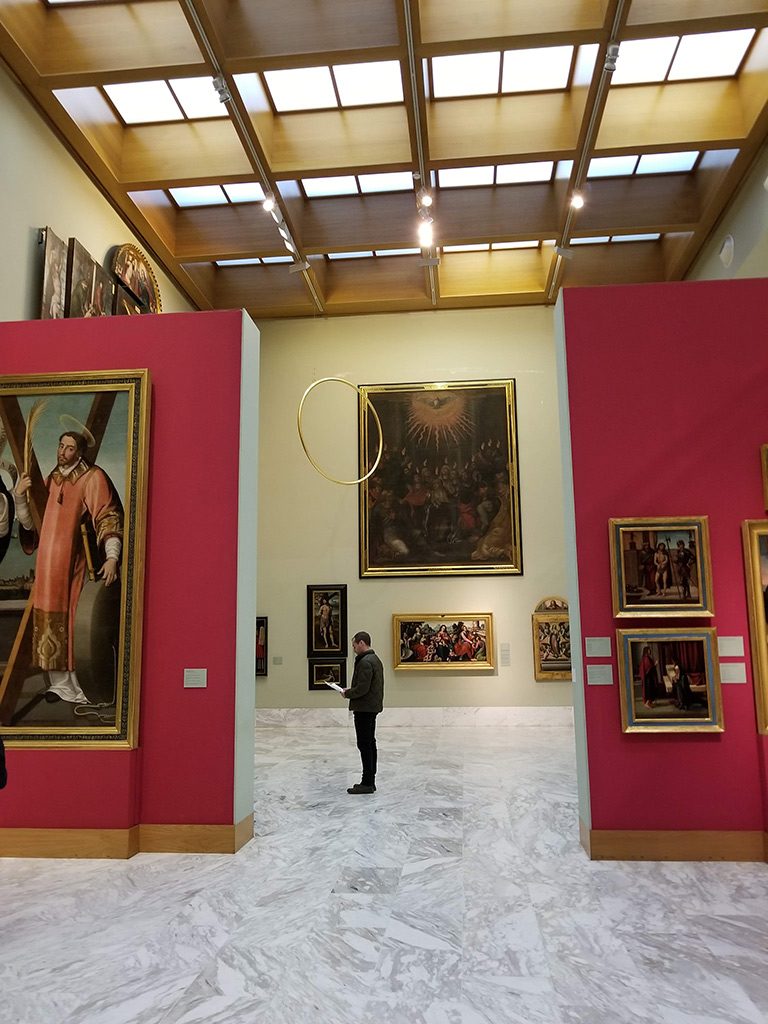
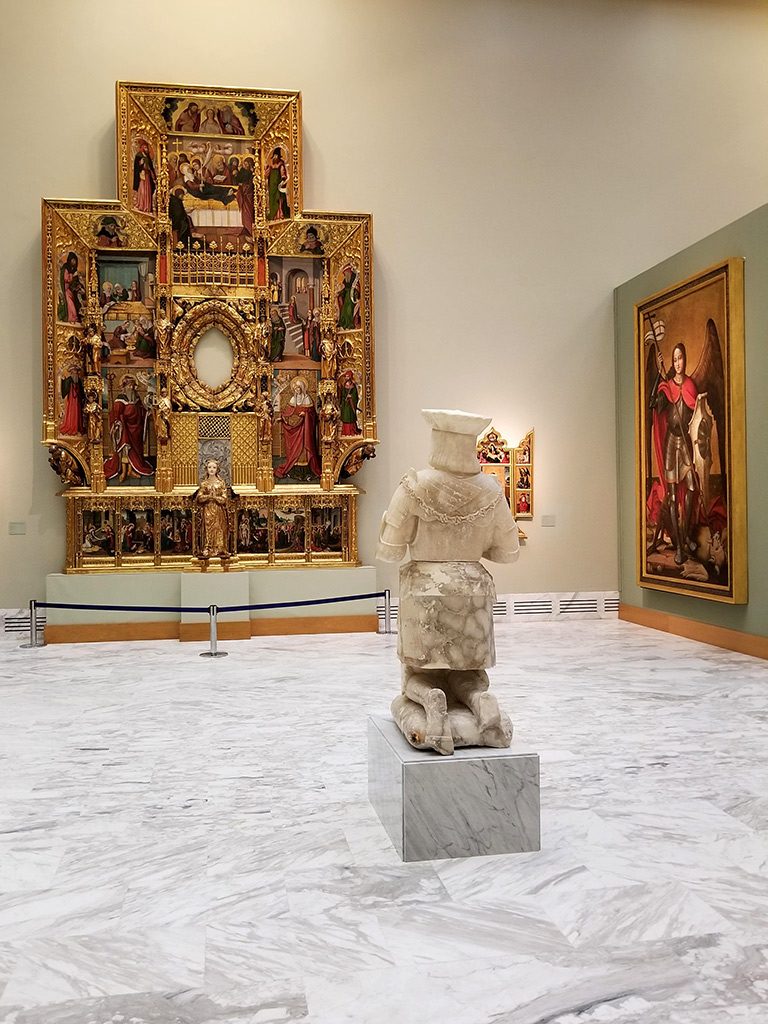
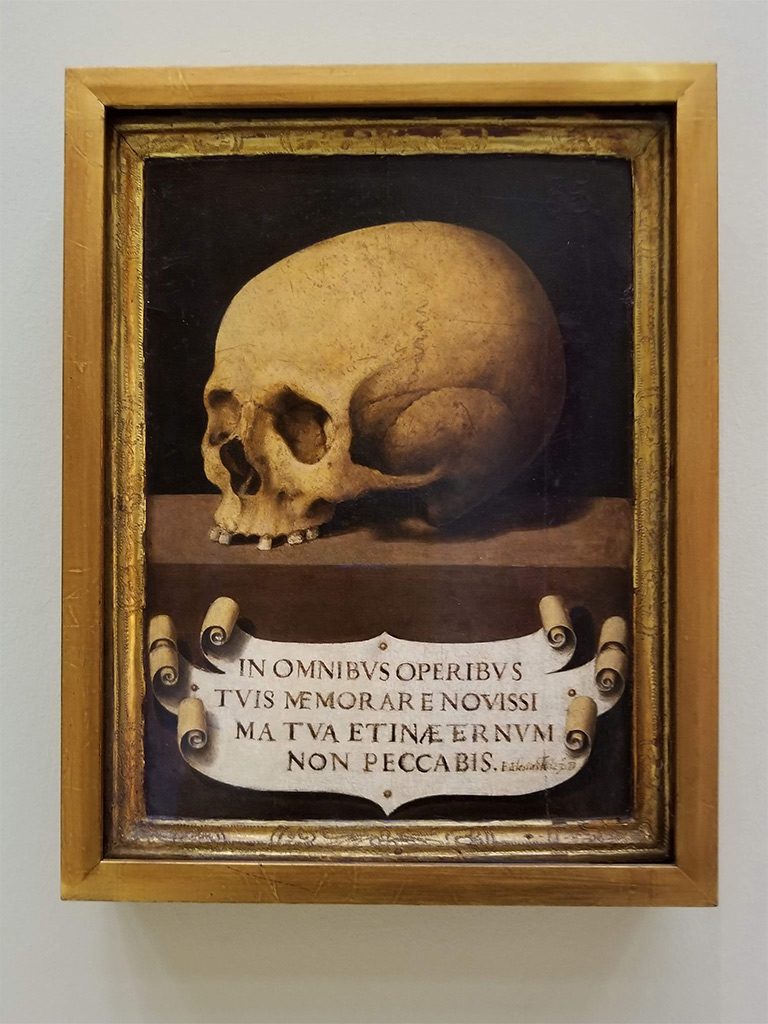
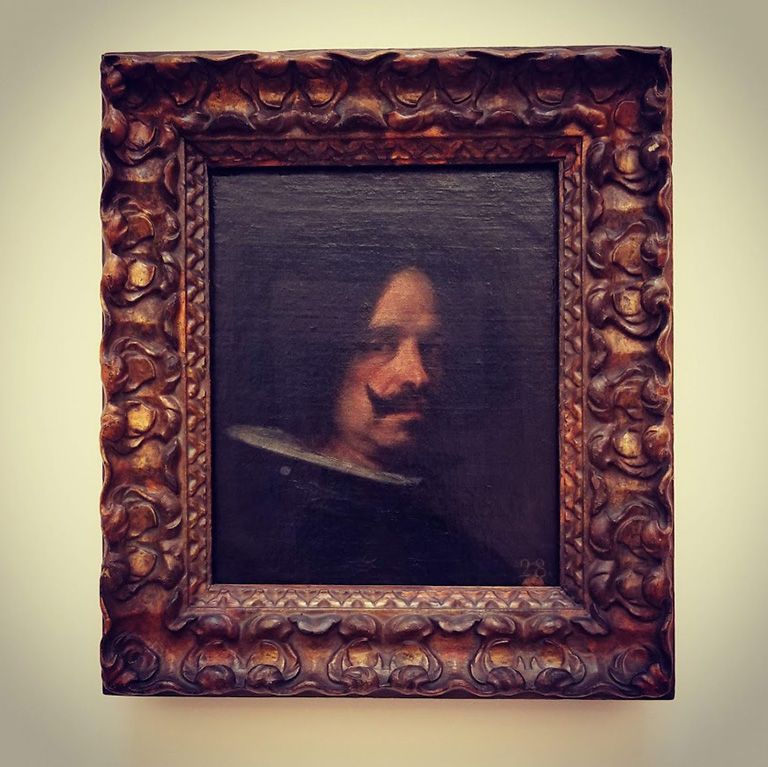
The museum also has a nice interior courtyard and a cloister with palm trees.
